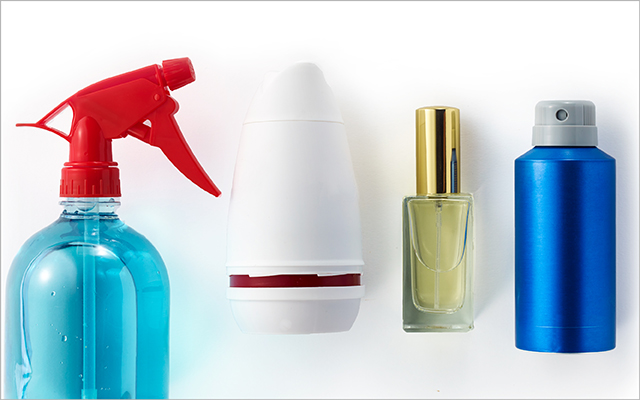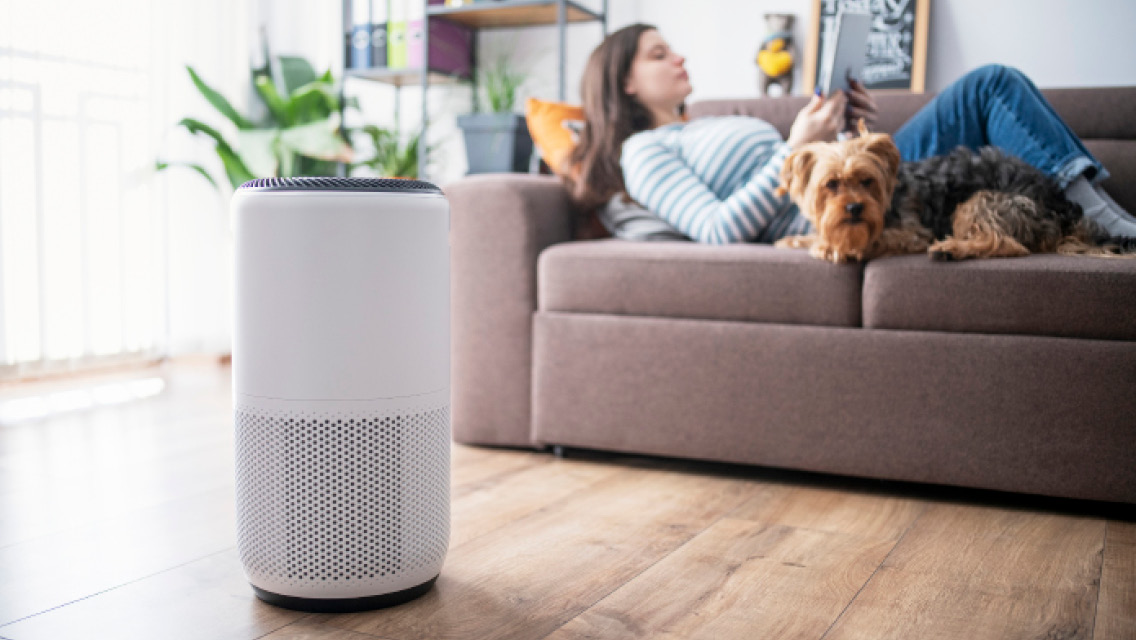For fresher air, it’s time to start cutting back on the use of perfumes, cleaners, and deodorants.
A surprising new study finds that emissions of volatile organic compounds (VOCs) from everyday household products containing petroleum-based ingredients contribute almost half of the pollutants in the atmosphere, creating nearly as much smog as vehicles and industrial sources combined.
These products, which contain organic solvents, are common in our kitchen cupboards, basements, and bathroom cabinets. They include cleaners, adhesives, pesticides, printing inks, and personal-care items, according to research from the University of Colorado, published in Science.
Transportation and industry have reduced emissions in recent decades, thanks to various pollution controls. Now, the balance of smog production has tipped to domestic sources, says lead study author Brian McDonald, PhD, an environmental engineer at the Cooperative Institute for Research in Environmental Sciences in Boulder, Colo.
Many household products are made from oil and natural gas — the same fossil fuels used in transportation. But while those VOCs collect primarily outside, these domestic chemicals harm us indoors and pollute our outdoor environment, McDonald explains.
“We found that concentrations of VOCs from use of chemical products are about seven times higher indoors than in outdoor air,” he says. Researchers tested indoor and outdoor air samples in the Los Angeles basin. (They didn’t examine known VOCs offgassed from new building materials, carpets, or furniture.)
We use far more fuel in our cars than chemical products in our homes, but vehicles burn fuel, so most of those VOCs are converted to carbon dioxide or collected by catalytic converters.
Chemicals in household and personal-care products, however, are designed to evaporate. “This is why a small amount of chemical-product use can have an outsized influence on VOC emissions,” McDonald says. “The emissions of VOCs contribute to the two main building blocks of smog: ground-level ozone and fine particles.”
Government agencies restrict the use of many toxic chemicals in household products and regulate other VOCs, explains study coauthor Jessica Gilman, PhD. But there are still problematic chemicals in use that can form fine particles in air — both indoors and out — which can seep deep into our lungs and cause health problems.
What You Can Do
You control what products you use, says study coauthor Jessica Gilman, PhD, a research chemist with the National Oceanic and Atmospheric Administration (NOAA). Here are ways to protect yourself from volatile household chemicals:
- Buy less, use less. “Consumers can make choices, like using the smallest amount possible to get the job done or using fragrance-free products,” Gilman explains. “These are easy ways to reduce emissions.”
- Seek out nontoxic and organic products.
- Open windows and run fans while using paints, cleaners, and other chemicals.
- Make your own clean cleaners. For recipes, see “Make Your Own Spring-Cleaning Kit.”
- Do your research. The California Air Resources Board’s website, https://bit.ly/2rdNam4, includes recommendations on household chemicals, their potential contributions to smog, and warnings on usage.
This article originally appeared as “The Unexpected Smog Problem.”




This Post Has 0 Comments